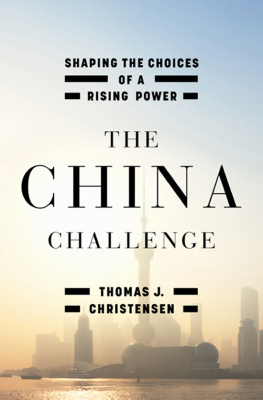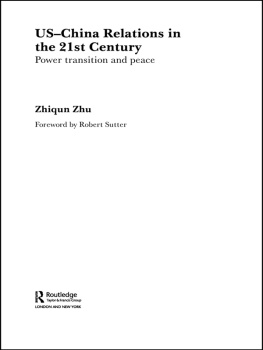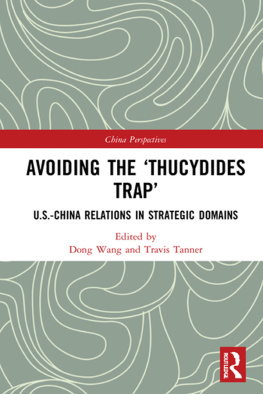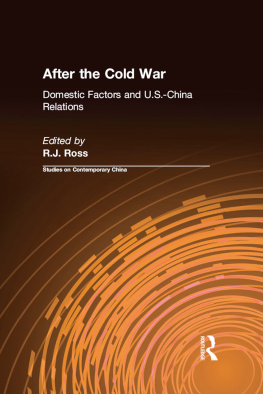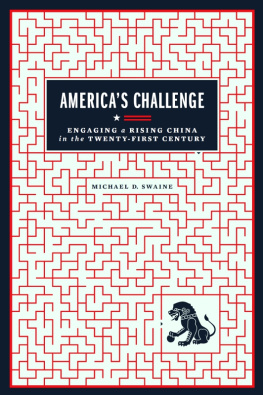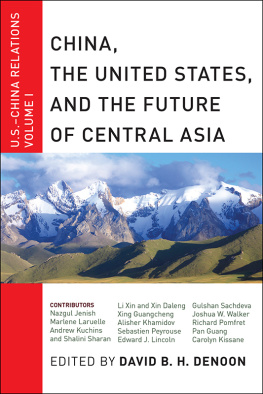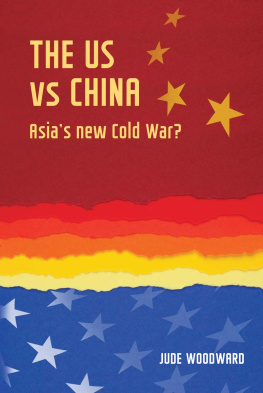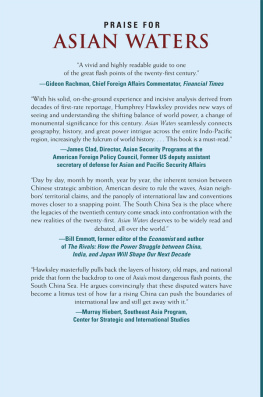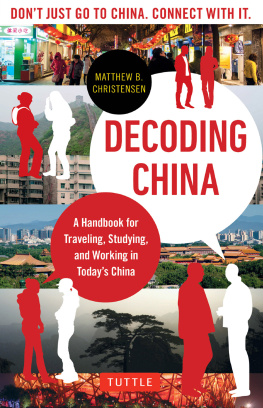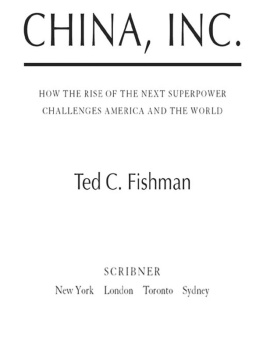Thomas J. Christensen - The China Challenge: Shaping the Choices of a Rising Power
Here you can read online Thomas J. Christensen - The China Challenge: Shaping the Choices of a Rising Power full text of the book (entire story) in english for free. Download pdf and epub, get meaning, cover and reviews about this ebook. year: 2015, publisher: W. W. Norton & Company, genre: Politics. Description of the work, (preface) as well as reviews are available. Best literature library LitArk.com created for fans of good reading and offers a wide selection of genres:
Romance novel
Science fiction
Adventure
Detective
Science
History
Home and family
Prose
Art
Politics
Computer
Non-fiction
Religion
Business
Children
Humor
Choose a favorite category and find really read worthwhile books. Enjoy immersion in the world of imagination, feel the emotions of the characters or learn something new for yourself, make an fascinating discovery.
- Book:The China Challenge: Shaping the Choices of a Rising Power
- Author:
- Publisher:W. W. Norton & Company
- Genre:
- Year:2015
- Rating:3 / 5
- Favourites:Add to favourites
- Your mark:
The China Challenge: Shaping the Choices of a Rising Power: summary, description and annotation
We offer to read an annotation, description, summary or preface (depends on what the author of the book "The China Challenge: Shaping the Choices of a Rising Power" wrote himself). If you haven't found the necessary information about the book — write in the comments, we will try to find it.
This compelling assessment of U.S.-China relations is essential reading for anyone interested in the future of the globalized world.
Many see China as a rival superpower to the United States and imagine the countrys rise to be a threat to U.S. leadership in Asia and beyond. Thomas J. Christensen argues against this zero-sum vision. Instead, he describes a new paradigm in which the real challenge lies in dissuading China from regional aggression while encouraging the country to contribute to the global order. Drawing on decades of scholarship and experience as a senior diplomat, Christensen offers a compelling new assessment of U.S.-China relations that is essential reading for anyone interested in the future of the globalized world.
The China Challenge shows why China is nowhere near powerful enough to be considered a global peer competitor of the United States, but it is already strong enough to destabilize East Asia and to influence economic and political affairs worldwide. Despite Chinas impressive achievements, the Chinese Communist Party faces enormous challenges. Christensen shows how nationalism and the threat of domestic instability influence the partys decisions on issues like maritime sovereignty disputes, global financial management, control of the Internet, climate change, and policies toward Taiwan and Hong Kong.
China benefits enormously from the current global order and has no intention of overthrowing it; but that is not enough. Chinas active cooperation is essential to global governance. Never before has a developing country like China been asked to contribute so much to ensure international stability. If China obstructs international efforts to confront nuclear proliferation, civil conflicts, financial instability, and climate change, those efforts will falter, but even if China merely declines to support such efforts, the problems will grow vastly more complicated.
Analyzing U.S.-China policy since the end of the Cold War, Christensen articulates a balanced strategic approach that explains why we should aim not to block Chinas rise but rather to help shape its choices so as to deter regional aggression and encourage Chinas active participation in international initiatives that benefit both nations.
23 maps and chartsThomas J. Christensen: author's other books
Who wrote The China Challenge: Shaping the Choices of a Rising Power? Find out the surname, the name of the author of the book and a list of all author's works by series.

